Cult Novels and Their Cinematic Counterparts: What You Should Read and Watch Next This Summer
Patti Smith's memoir is often called a eulogy to gay photographer Robert Mapplethorpe.
From Patti Smith to John Steinbeck, Gregg Araki, Lynne Ramsay and more, literature and film imitate life and each other. Here are Baneet Sarai’s six literary-film pairings that should be next on your list.
In the age of the franchise film, audiences increasingly expect sequels to their most beloved movies, but for deceased authors and cult classic novels, there is less hope – or need – for the continuation of a universe. Instead, crossing the boundary between literature and film provides pairings that offer similar viewing experiences, whether they be haunting, joyful, surprising or cathartic.
Just Kids by Patti Smith and Two Strangers Trying Not to Kill Each Other (dir. Manon Ouimet, Jacob Perlmutter)
At home with the ‘exceptionally courageous’ Joel Meyerowitz and Maggie Barrett. Photograph: Modern Films/Manon et Jacob
Patti Smith’s acclaimed memoir is a unique, no holds barred exploration of her relationship with photographer and artist Robert Mapplethorpe, just as Two Strangers Trying Not to Kill Each Other is an amazingly honest insight into photographer Joel Meyerowitz’s relationship with writer and artist Maggie Barrett. Both works are haunted by the inevitability of death and explore how this effects artistic expression and the dynamics of a relationship. Above all, both offer the most genuinely authentic depiction of love and loss in art.
Stoner by John Williams and Dead Poet’s Society (dir. Peter Weir)
Stoner by John Williams
A love of English literature transforms William Stoner’s life in John Williams’ 1965 novel. Born to a family of farmers, Stoner attends the nearby University of Missouri in Columbia to study agriculture and better his family’s farming prospects. Much like Neil Perry at Dead Poet’s Society’s Welton Academy, it is poetry and one captivating professor that changes the course of Stoner’s life. A meditation on free will, artistic expression, and the pursuit of dreams, both works depict a coming-of-age story with remarkable intensity.
One Hundred Years of Solitude by Gabriel Garcia Marquez and Sound of Falling (dir. Mascha Schilinski)
Sound of Falling (dir. Mascha Schilinski)
Generational epics have never felt quite so visceral than in Gabriel Garcia Marquez’s 1967 novel and Mascha Schilinski’s 2025 drama. Both are meditations on family trauma and geographical legacy, following interlocking generations whilst remaining rooted in one town. Whether it be Marquez’s magical realism or Schilinski’s stirring score, both works have a unique otherworldly quality and idiosyncratic style.
East of Eden by John Steinbeck and Ratcatcher (dir. Lynne Ramsay)
Ratcatcher (dir. Lynne Ramsay)
Set more than 50 years apart, John Steinbeck’s East of Eden and Lynne Ramsay’s debut feature Ratcatcher bare minimal resemblance in plot or setting, other than the relative poverty experienced by Steinbeck’s protagonist Adam Trask and Ramsay’s James Gillespie. Set in the early twentieth century Salinas Valley and during the 1975 Glasgow bin collectors’ strike respectively, both works explore the interaction between free will, good, and evil, and are particularly haunting in their depiction of difficult and morally ambiguous childhoods.
Bonjour Tristesse by Francoise Sagan and Hot Milk (dir. Rebecca Lenkiewicz)
Hot Milk (dir. Rebecca Lenkiewicz)
An adaptation of Deborah Levy’s 2016 novel, Hot Milk follows Sofia (Emma Mackey) and her mysteriously (semi)paralysed mother Rose (Fiona Shaw) in their trip to the Spanish coastline to consult with the renowned – and expensive – Dr Gomez. A trip filled with sun, sea and romantic interests, the parallels to Francoise Sagan’s 1954 debut novel are obvious, but it’s the heady intensity of both novels which creates a strikingly similar and unmistakeable tone of desperation under the summer sun. Think of Luca Guadagnino’s Call Me by Your Name or Eliza Hittman’s Beach Rats.
POPULAR ON THE CINEMA GROUP
The Copenhagen Trilogy by Tove Ditlevsen and Mysterious Skin (dir. Gregg Araki)
Mysterious Skin (dir. Gregg Araki)
There is no shortage of coming-of-age stories, but Tove Ditlevsen’s recently translated trilogy Childhood, Youth, Dependency and Gregg Araki’s 2004 drama Mysterious Skin (adapted from Scott Heim’s novel of the same name) are especially vulnerable and fraught in their presentation of trauma. Ditlevsen’s writing and Araki’s direction convey a cold nihilism toward the world and there is no feeling in either work that the truth is being suppressed. The effect is disquieting, unsentimental, and impactful.

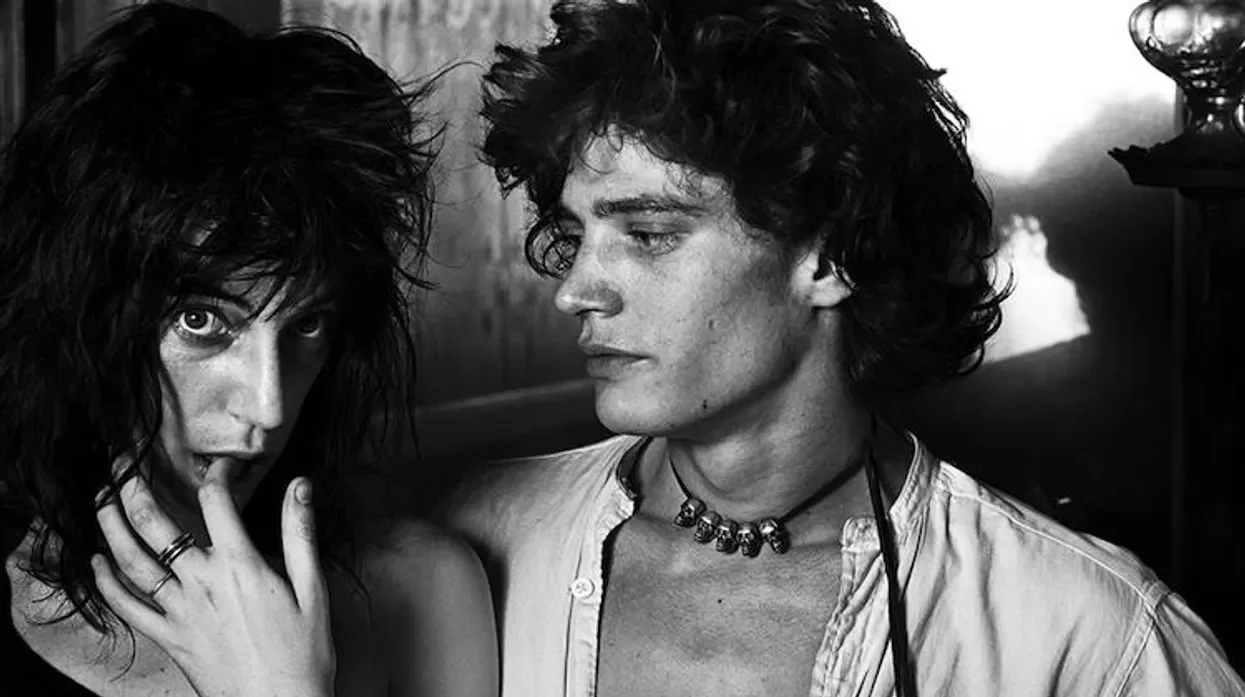

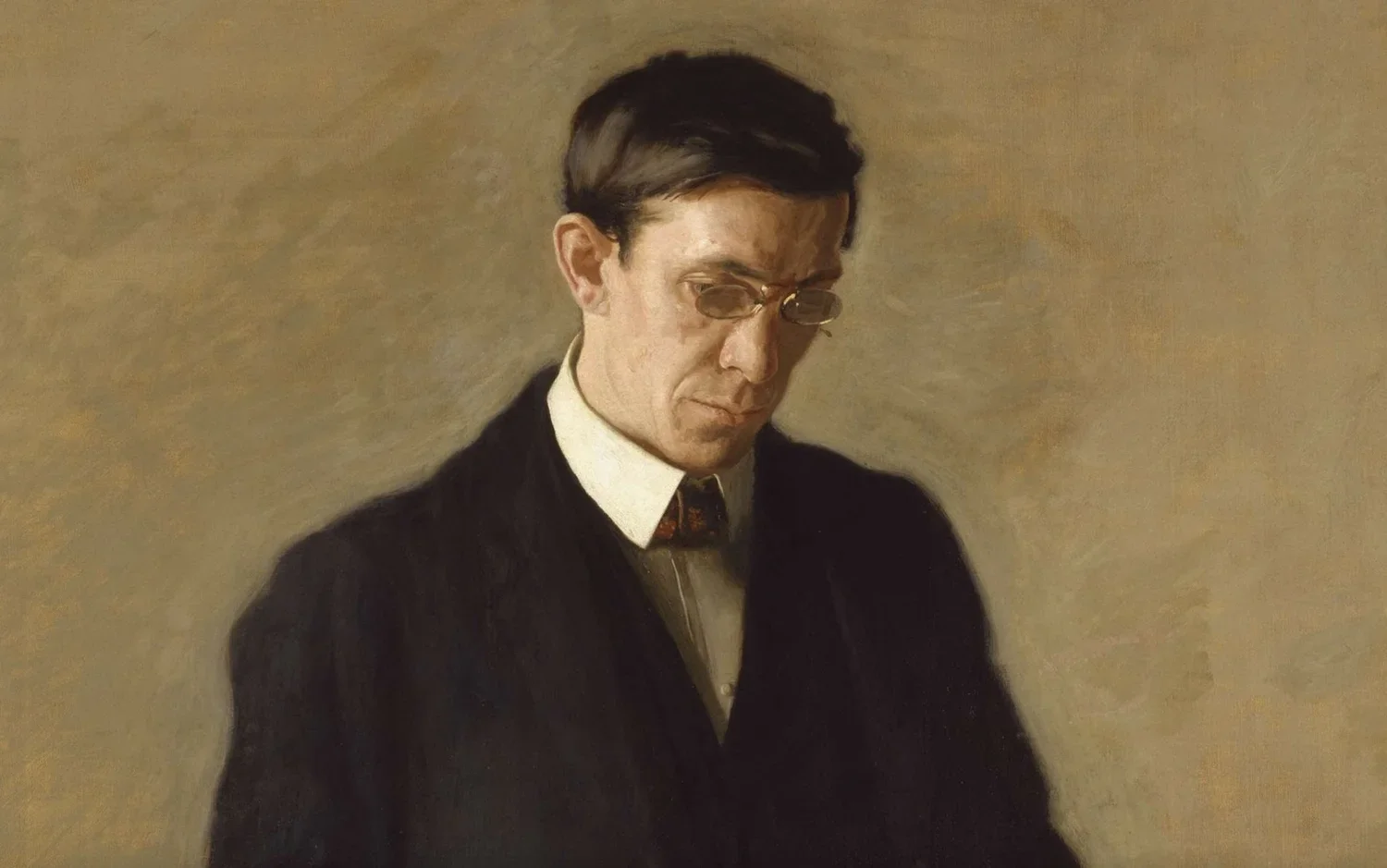
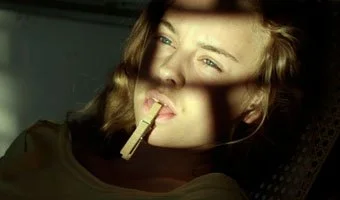
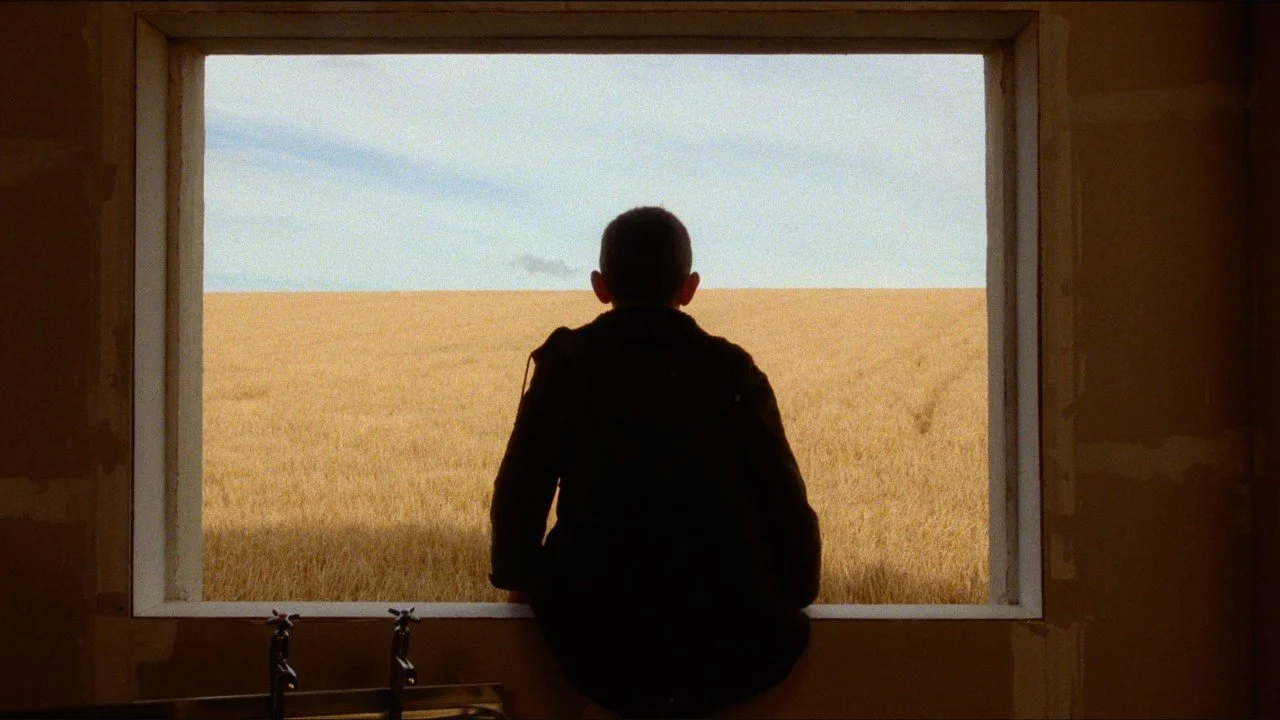
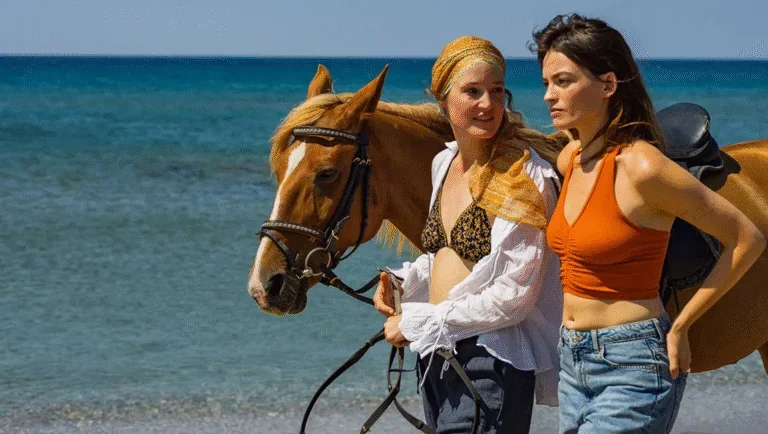









![ANEMONE - Official Trailer 2 [HD] - Only in Theaters October 3](https://i.ytimg.com/vi/uS7DHGFXkNY/hqdefault.jpg)





